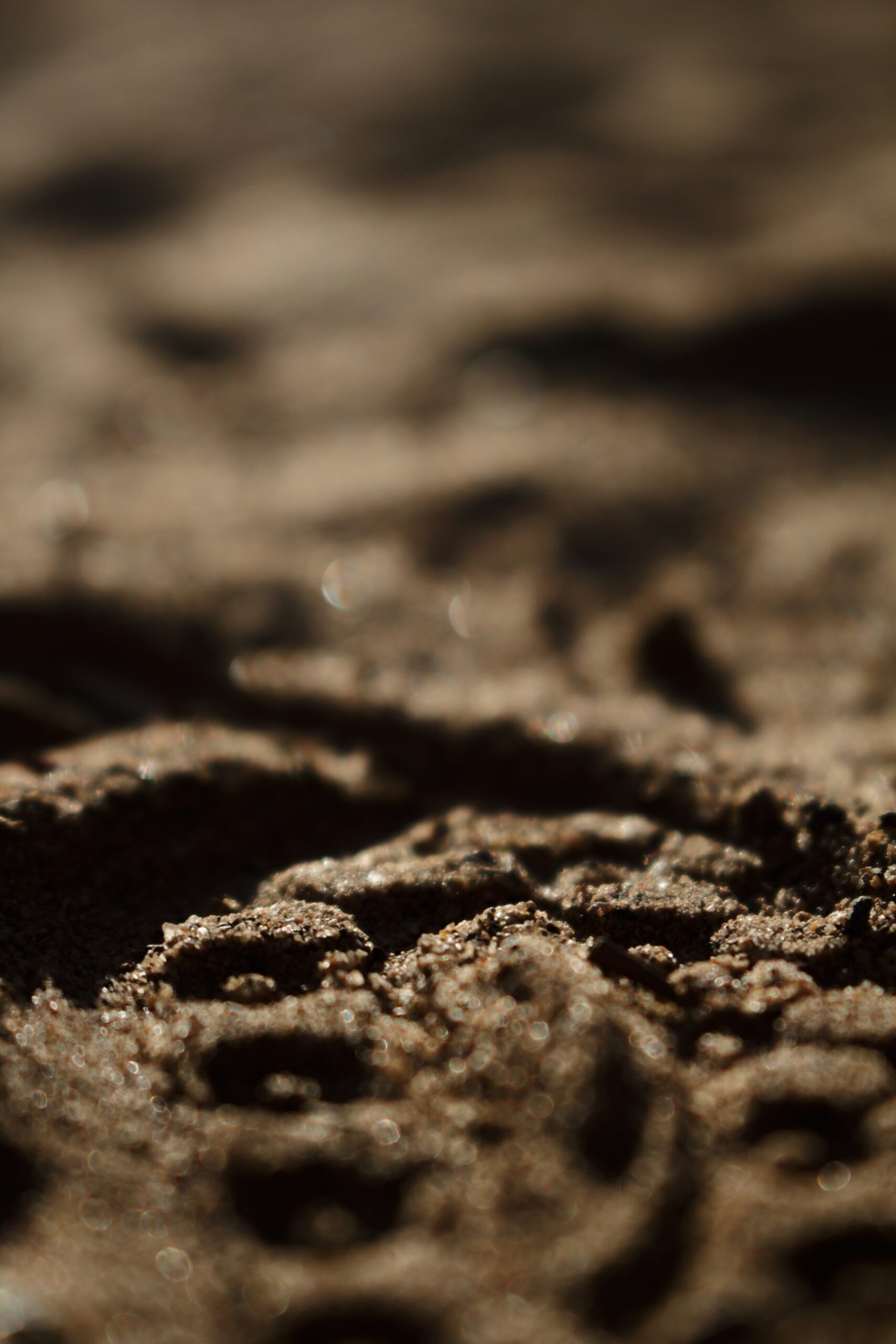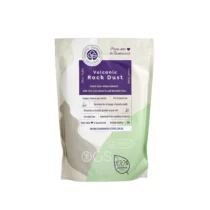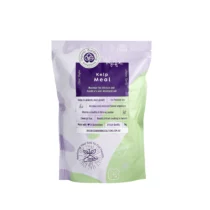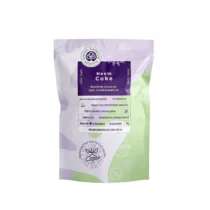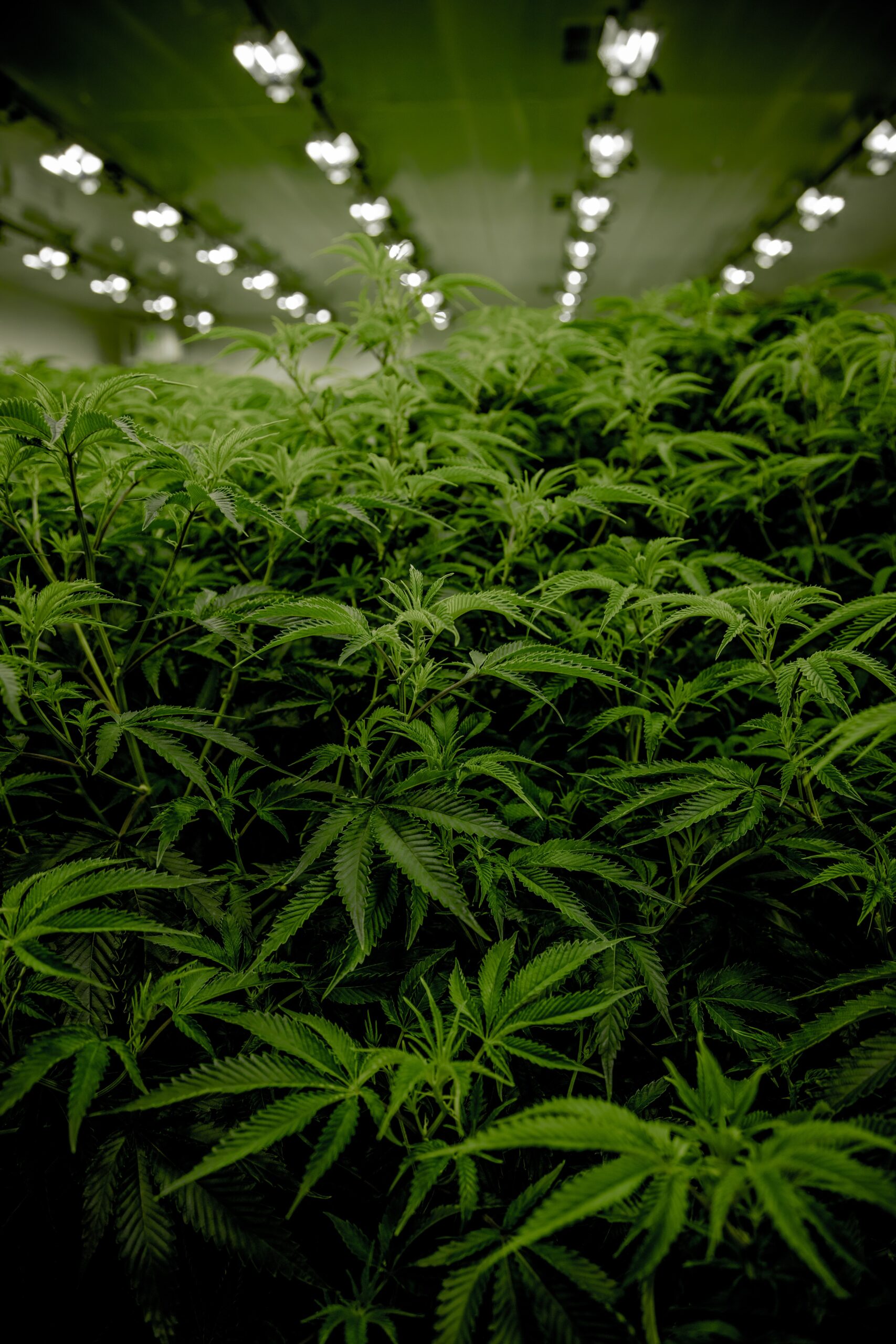A new trend has taken root and is flourishing: Living Soil Organics (LSO) cultivation. Living soil refers to a medium rich in microbial life, emphasizing the creation of a complete ecosystem in the soil. As consumers become more discerning and sustainability concerns grow, LSO is getting increasing attention. This post delves into the rising popularity of LSO cultivation, its advantages, and the challenges cultivators may face.
Growing Popularity of LSO
1. Pursuit of Quality: Cultivation enthusiasts often prioritize quality, flavour, and aroma. LSO flower is believed to have a richer terpene and cannabinoid profile, leading to a more complex and enjoyable consumption experience.
2. Sustainable Cultivation: As environmental concerns mount, there’s a shift towards sustainable agricultural practices. LSO fits right into this narrative, emphasizing recycling, reduced waste, and minimal synthetic input.
3. Health & Safety: The absence of synthetic fertilizers and pesticides in LSO means the final product is free of potential toxins, appealing to health-conscious consumers.
4. Artisanal Appeal: Much like craft beer or artisanal cheese, there’s a segment of the market that appreciates the care, time, and traditional techniques used in producing LSO plants.
Advantages of LSO
1. Improved Flavor & Aroma: The rich microbial life in living soils can enhance the terpene profile of plants, leading to improved aroma and flavor.
2. Reduced Need for Nutrients: Living soil provides plants with a steady supply of nutrients, reducing the need for additional feeding.
3. Resilience: A thriving microbial ecosystem can help protect plants from certain pests and diseases.
4. Sustainable: LSO is a regenerative approach. Instead of depleting the soil, it becomes richer and more fertile over time.
5. Cost-Effective in the Long Run: Although setting up a living soil system may have upfront costs, over time, the reduced need for additional nutrients and the ability to reuse soil can lead to savings.
Challenges of LSO
1. Initial Setup: Establishing a balanced living soil ecosystem requires effort, research, and, often, a larger initial investment.
2. Learning Curve: For those used to hydroponic systems or traditional soil grows with bottled nutrients, transitioning to LSO can be challenging.
3. Slower Response: Adjusting conditions or correcting issues can be slower in living soil compared to hydroponic systems. Errors can be much more detrimental to your plants and inexperienced growers may struggle with the unforgiving nature of this method.
4. Space & Weight: Living soil setups, especially when used for large-scale grows, can be bulkier and heavier than other methods.
5. Availability of Quality Inputs: Not all inputs are created equal. Finding quality organic matter, worm castings, and other components can sometimes be a challenge.
Conclusion
The art and science of growing LSO taps into a broader movement toward organic, sustainable agriculture. As the market continues to mature and consumers become more educated, the demand for high-quality, organically grown produce is likely to rise. LSO offers a promising avenue to meet this demand, but like all cultivation methods, it requires knowledge, patience, and dedication. For those willing to embrace its principles, LSO cultivation can lead to a rewarding blend of quality product, sustainable practice, and long-term cost efficiency.


